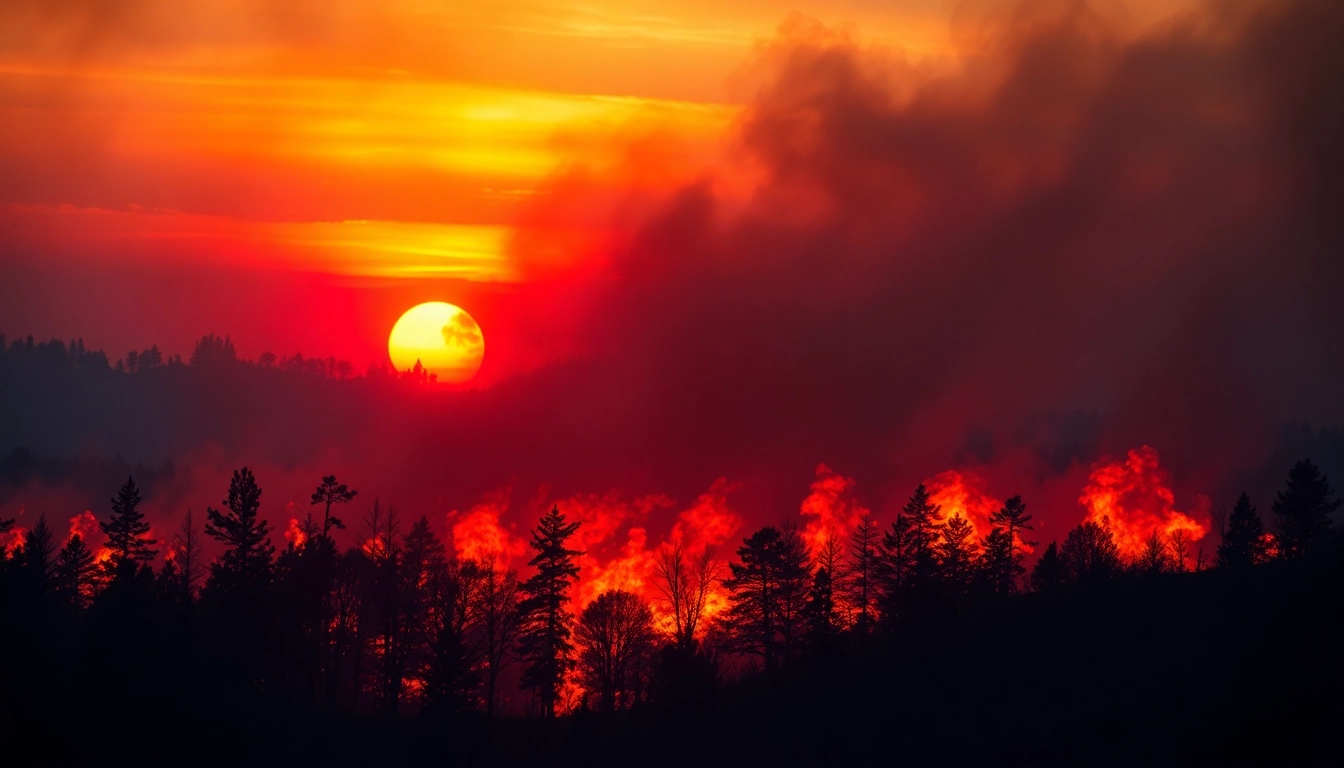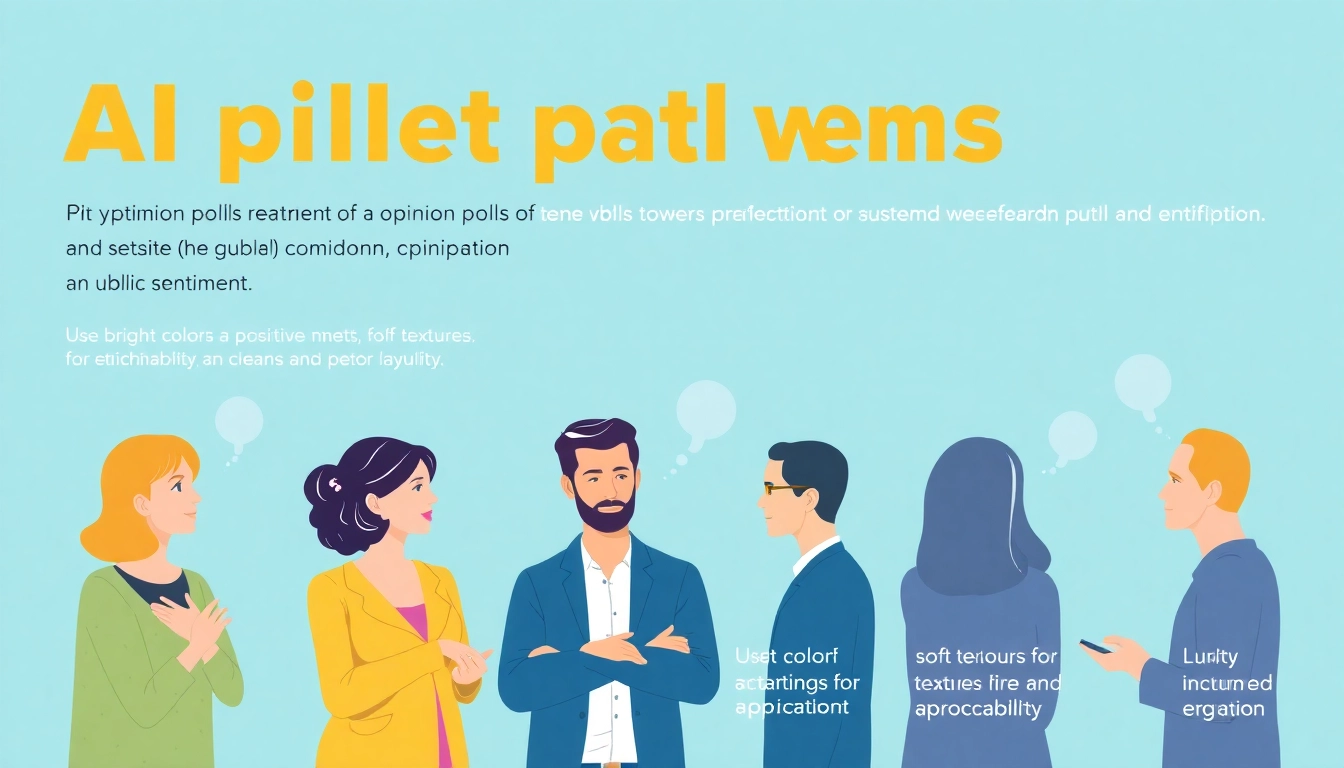Introduction to Wildfire Events
Wildfire events are increasingly becoming a critical concern globally, not only due to their immediate destruction but also because of their long-term ecological and social repercussions. As summer heat intensifies and drought conditions escalate, the frequency and ferocity of these blazes are poised to challenge communities, wildlife, and environmental ecosystems. Understanding the dynamic nature of wildfire events equips us with the knowledge necessary to confront these challenges head-on.
Defining Wildfire Events
Wildfire events refer to uncontrolled fires that occur in wildland areas, consuming vegetation, ecosystems, and sometimes encroaching upon residential zones. They can arise naturally through lightning strikes or can be ignited by human activities. The defining characteristics of wildfire events include their rapid spread, variability in intensity, and the complex interplay of environmental conditions that fuel their growth. Understanding these parameters is crucial for effective management and mitigation strategies.
Current Trends in Wildfire Events
Recent data highlights a troubling increase in both the number and severity of wildfire events worldwide. Statistics show a marked rise in acres burned annually, attributed to various factors including climate change, urban expansion, and changes in land use. For example, in some regions, the average size of wildfires has tripled compared to a few decades ago. Notably, as of recent surveys, up to 55 large fires have burned over 647,000 acres across several states, illustrating the magnitude of these natural disasters.
Wildfire Events and Climate Change
The relationship between wildfire events and climate change is complex yet critical to understand. An increase in temperature and prolonged drought conditions contribute to the extended wildfire season and higher ignition risk. Scientific studies indicate that climate change has already led to an increase in wildfire frequency and severity, with predictions suggesting a continued upward trend. Efforts to study these correlations are essential in developing robust fire management policies and strategies for risk mitigation.
Causes of Wildfire Events
Natural Factors Contributing to Wildfire Events
Natural factors play a significant role in the initiation and spread of wildfire events. Lightning strikes are among the most common natural ignition sources, particularly in areas with dry vegetation. Other natural elements include high temperatures, strong winds, and humidity levels that create favorable conditions for wildfire propagation. For example, certain ecosystems like pine forests may produce resinous compounds that can intensify fire behavior when ignited by natural causes.
Human Activities Leading to Wildfire Events
Human activities are a significant contributor to the onset of wildfire events. Agricultural burns, campfires left unattended, and discarded cigarette butts can ignite blazes that may quickly spiral out of control. Additionally, industrial activities and power lines can present potential ignition sources in suburban and rural settings. Statistics indicate that approximately 85% of wildfires are caused by human actions, making awareness and education paramount in prevention efforts.
Underlying Environmental Conditions
The prevalence of wildfire events is also influenced by underlying environmental conditions. Vegetation type, topography, and soil moisture all contribute to fire behavior. Areas with dense vegetation, especially those prone to drought, can be particularly susceptible. Furthermore, ecological factors like wind patterns can exacerbate fire spread, leading to more extensive damage. Urban encroachment into wildland areas increases the likelihood of human-wildfire interactions, complicating the landscape of wildfire risks.
Impact of Wildfire Events on Ecosystems
Short-term Effects of Wildfire Events
Short-term impacts of wildfire events can be immediate and devastating—wildfires can lead to loss of habitat, altered landscapes, and destruction of flora and fauna. The intense heat may kill many organisms promptly; however, some species have adapted to these conditions and can regenerate quickly after a fire. Post-fire landscapes can initially appear barren and desolate, but they are often the foundation for ecological renewal.
Long-term Consequences Following Wildfire Events
While some ecosystems can recover from wildfire events, the long-term consequences can be detrimental. Soil degradation, erosion, and ash runoff can lead to water quality issues in nearby streams and rivers. These lasting effects can alter nutrient cycling, affect local flora and fauna communities, and modify the habitat availability for various species. Sequential wildfires may occur in regions severely impacted, leading to a cycle of destruction that hampers ecosystem recovery.
Wildfire Events and Biodiversity Loss
Wildfire events can significantly impact biodiversity, particularly in regions where species have limited adaptability. The loss of plant life can disrupt food chains and displace numerous animal species. With the increase in frequency and intensity of wildfires, certain species may face extinction, particularly those with narrow habitat requirements. Conservation efforts post-wildfire are vital in ensuring the survival of affected species and restoring ecological balance.
Community Preparedness for Wildfire Events
Emergency Response Plans for Wildfire Events
Effective community preparedness is essential for mitigating the impacts of wildfire events. This begins with developing and implementing robust emergency response plans that detail evacuation routes, safety zones, and communication strategies. Local authorities should work collaboratively with residents to establish these plans, ensuring that all community members are informed and equipped to act quickly during wildfire emergencies.
Community Awareness Programs about Wildfire Events
Education and awareness are crucial components of community preparedness. Programs aimed at informing residents about wildfire risks, safety practices, and prevention strategies can significantly reduce the likelihood of ignition sources. Community workshops, informational pamphlets, and outreach initiatives can engage citizens, helping them to recognize their role in fire safety. Utilizing social media channels can also amplify these messages and reach a broader audience.
Mitigating Risks Related to Wildfire Events
Risk mitigation strategies are critical in minimizing the threat of wildfire events. This can include creating defensible space around properties by maintaining clear zones devoid of flammable materials. Advocating for fire-resistant landscaping and building materials can enhance the resilience of structures. Local governments can also implement land management practices such as controlled burns and vegetation thinning to reduce fuel loads and mitigate fire behavior.
Future Outlook for Wildfire Events
Predicted Trends for Wildfire Events
The future landscape of wildfire events will likely be shaped by climate change, population growth, and land management practices. Predictions indicate that areas currently unaffected by wildfires may experience increased risks as conditions fluctuate. Understanding these anticipated changes will be imperative for long-term planning and resource allocation in fire management and environmental stewardship.
Innovative Solutions for Managing Wildfire Events
Innovative approaches to managing wildfire events are emerging as communities adapt to changing conditions. These solutions encompass advanced monitoring technologies, predictive modeling tools, and integrated land management strategies. For instance, the use of drones and satellite imagery allows for real-time monitoring of fire behavior, helping to inform response efforts and resource deployment more effectively.
Role of Technology in Addressing Wildfire Events
Advancements in technology have transformed how communities prepare for and respond to wildfire events. Early warning systems that utilize data analytics and machine learning can predict fire risks with greater accuracy. Public alert systems can quickly disseminate information regarding fire dangers, evacuation orders, and safety resources. By harnessing technological innovations, communities enhance their capabilities to deal with the complexities associated with wildfire events.



